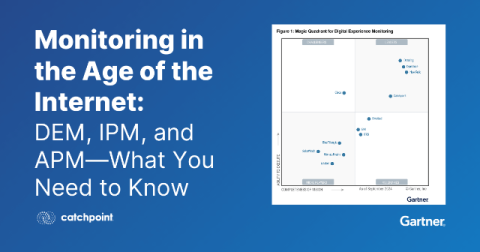The SRE Report 2025: Highlighting Critical Trends in Site Reliability Engineering
Catchpoint's annual report reveals the rise of operational toil, the growing importance of user experience as a reliability metric, and the challenges of balancing speed and stability in a rapidly developing AI-driven landscape.







